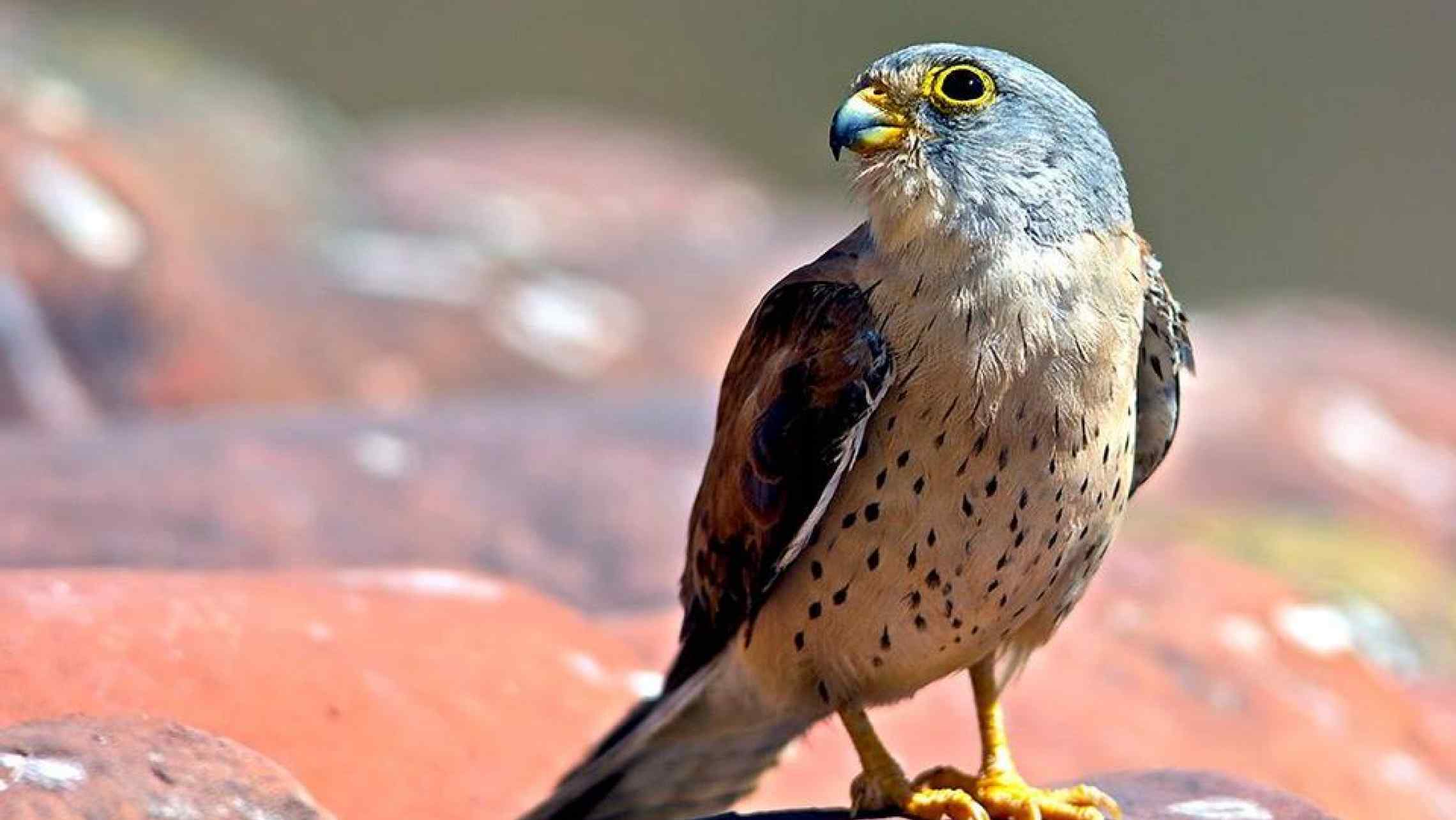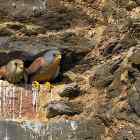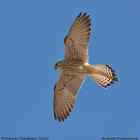The experts look to the future of the lesser kestrel. The creation and management of urban ZEPAs (Special Bird Protection Areas) containing lesser kestrels and the potential of this species as a tourist resource were the themes of the fourth and last day of the VIII International Congress online on the conservation of the lesser kestrel. Being part of the LIFE-ZEPAURBAN project, the congress was organised by the Sustainability Department of the Regional Government of Extremadura to bring together 50 papers and nearly 300 registered participants from a dozen countries.
This fourth day devoted to the future of the conservation of the species began with the paper of Regina Domínguez Arroyo (a technician of the Tourist Department, Regional Government of Extremadura). She announced the URBAN BIRDING tourist product which has been designed and implemented as part of the LIFE-ZEPAURBAN project. It shows how tourist activities can contribute to the conservation of a species, in this case the lesser kestrel.
Atanasio Fernández García (the Director of the Programme of Protected Areas of the Sustainability Department, Regional Government of Extremadura) devoted his paper to explaining the process of the declaration and management of urban ZEPAs. He stressed that Extremadura has been a pioneer in the application of this concept of protection in built-up areas. This objective of these ZEPAs is the guaranteeing of the conservation of lesser kestrel colonies located on buildings in towns and villages. In Extremadura over 70% of the colonies of this species are in urban areas; this gives an idea of the importance of these measures.
Then Ángel Arredondo Acero (a member of the Natural History Society of Ciudad Real and the HARMUSCH Association for the Study and Conservation of Fauna) and Víctor Díez Urbano (Wildlife Section, Ministry of Sustainable Development, Regional Council of Castilla La Mancha) presented the first urban ZEPA of their region which has been created in the locality of Almodóvar del Campo (province of Ciudad Real). For his part Carlos Maeztu of the Platform for the Conservation of Steppic Birds and their Habitat (Plataforma por la Conservación de las Aves Esteparias y sus Hábitats, PCAEH) in Andalusia expounded the proposal to create urban ZEPAs in various colonies of Andalusia as a measure to curb the sharp decline of the species in this region.
Finally, in relation to ZEPAs Pepe Antolín (the founder of the NGO Defence and Study of the Environment - DEMA) explained the results obtained after three decades of study of the colony of the Parish Church of La Purificación in Almendralejo. He also detailed the process which led in 2003 to the declaration of the first ZEPA in Europe located in a built-up area.
The presentation of papers ended with Manuel Galán (Group of Restoration of the Autochthonous Fauna and its Habitat - GREFA) expounding the results of the project entitled "Corridors for the lesser kestrel; generating biodiversity". The latter has included numerous actions on a national scale and has produced very positive results in the recovery of the species.







